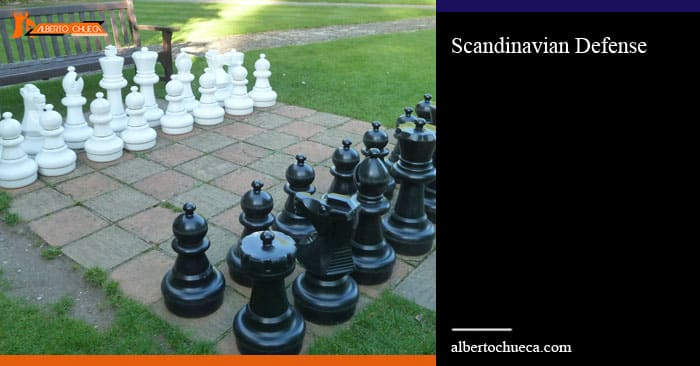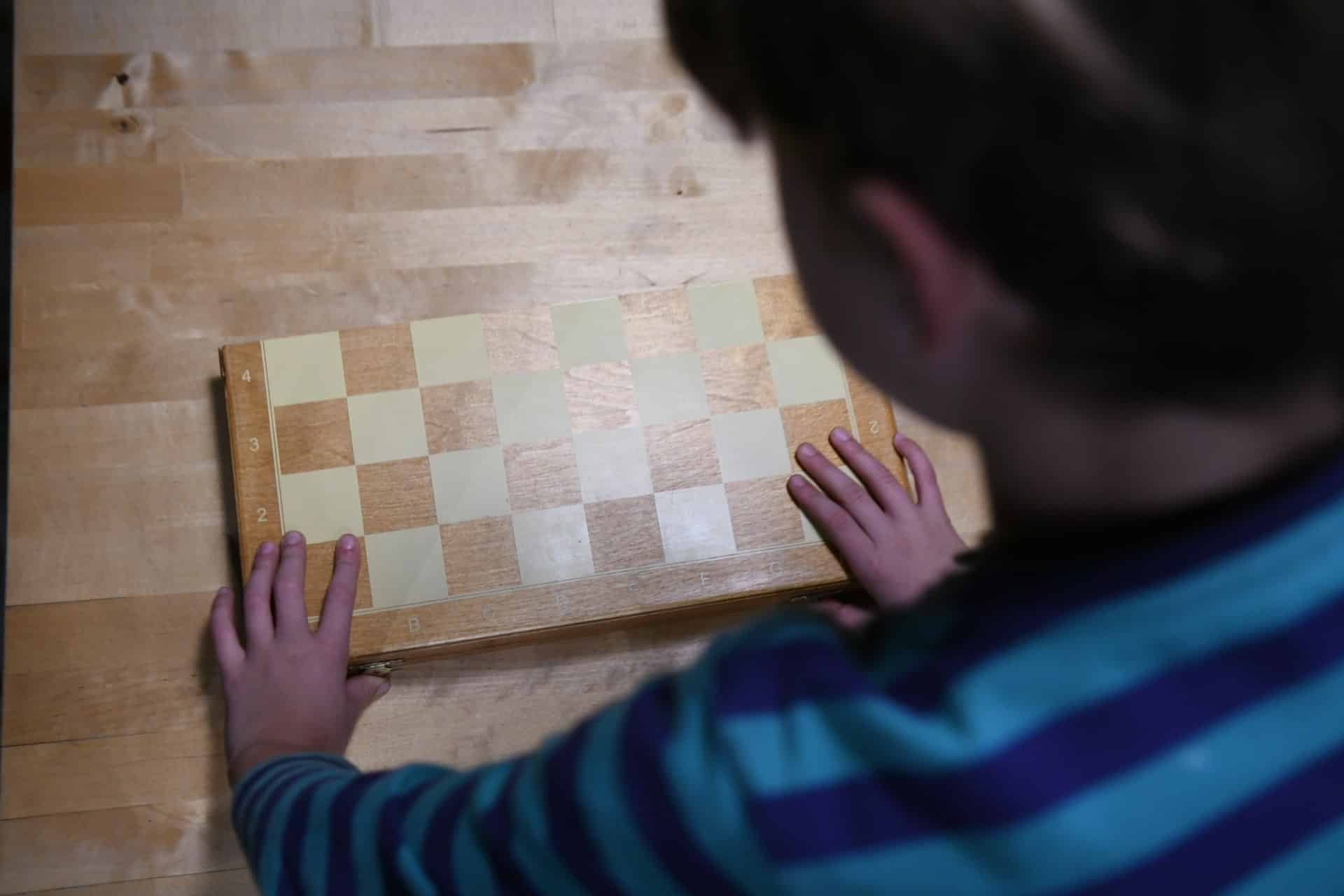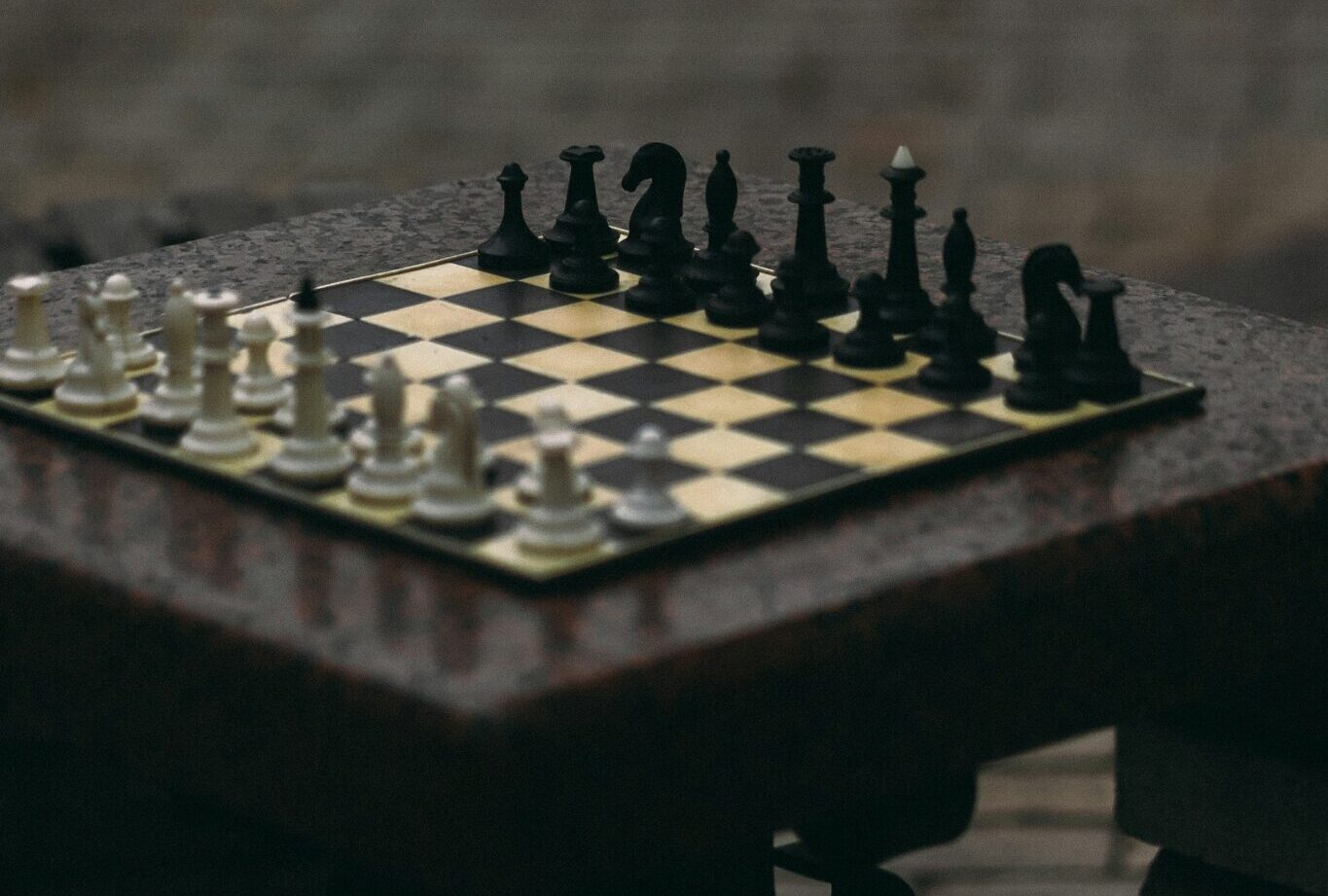Table of Contents
Scandinavian Defense
Would you like to play an aggressive and dynamic Defense against King’s Pawn? Do you want to get away from the super well-known ways of Ruy Lopez or Italian and play something a little more surprising and different with Black pieces? If the answer to those questions is “Yes”, then you should definitely read this post, where we'll be talking about Scandinavian Defense.
This time we are going to talk about Scandinavian Defense. It happens after the moves 1.e4 d5!
Black’s move is aggressively fighting for the center from the very beginning. Of course, this idea is not perfect, because, after 2.exd5, Black plays Qxd5 (also there is an interesting line with 2. … Nf6, they call it Modern Scandinavian, but that we are not studying that in this article) and then White can get a tempo and develop at the same time with Nc3 attacking black Queen. Keep in mind that there is a known principle for the openings, which states that the Queen should not be developed early in the game, and this Defense is not really paying too much attention to it :).
But Scandinavian has some other good things:
- As this is not the most common line against King’s Pawn, it can be annoying for your opponents; very often they do not see this variation in many games, and they do not study it too much.
- In almost all the lines Black will have a very solid pawn structure, which is great because it will not be clear for White what point or square they should target.
- It is a very good Defense for beginners and club players, because at this level it is not easy to take advantage of the slightly better position White is getting in the opening, and at the same time Black has a dynamic and active play with pieces. Top-masters also play it, but more rarely (they use it to surprise their opponents).
Great Players who used Scandinavian Defense
There are some top-masters who have played Scandinavian Defense. David Bronstein, Nona Gaprindashvili, Bent Larsen, Curt Hansen, and Ian Rogers, and World Champions Viswanathan Anand and Magnus Carlsen have used this interesting opening at least occasionally.
Some Theory and ideas
1.e4 d5 2.exd5 Qxd5 3.Nc3
In this moment Black has three interesting options:
- 3 … Qd8 The message of this line is: I already got what I wanted; now I go back with my Queen to some safe square. It’s not very popular, but it is really playable. The idea is that you are just getting away from theory and playing some chess.
- 3 … Qd6 Probably the most popular move among top-players. The Queen stays around the center, controlling some interesting squares. Black will continue his development in the next moves.
- 3 … Qa5 This the most classic choice in Scandinavian, and also the one I suggest. The Queen goes to a side of the board, but it keeps controlling many squares. Very often Black plays c6 later, dominating white Knight on c3 and also clearing c7, so the Queen has some secure escape in case of some threat. Also, the Queen could go on a long trip over the 5th rank to the kingside if at some point in middlegame Black wants to start some sort of attack.
The mainline with Qa5 could continue like this:
4.d4 Nf6 5.Nf3 c6 6.Bc4 Bf5 7.0-0 e6
Typical Pawn structure in Scandinavian Defense
This is probably the most common pawn structure we will see on the board when Scandinavian is played.
White: a2, b2, c2, d4, f2, g2, h2
Black: a7, b7, c6, e6, f7, g7, h7
Black has a half-open file on “d” as White has it on “e”. In this kind of position, White has some more space (notice White central pawn is on his 4th rank, as the Black central pawn is on his 3rd rank). That is why the second player will have to fight against the pawn on d4, by breaking the center with e5 or c5 (frequently it is easier to break over c5, because white Rook and Knight control e5). In general if Black can break with the pieces in good squares, they will have at least a balanced middlegame.
Typical Plans
White can play two different ideas against Scandinavian:
- To castle Kingside, pretending to play a quieter middlegame with some more space in the center. Against this plan, Black castles Kingside as well and prepares some break in the center. White is slightly better, but Black doesn’t have weaknesses.
- To castle Queenside, thinking about the possibility to play an opposite-side castlings middlegame. In general Black could accept the challenge and castle Kingside. Obviously, when this happens it will be necessary to be consequent with the position and attack with a pawn storm in the Queenside (or the Center) as soon as possible. Also, very often Black can deny the offer, and just castle Queenside as well. The position will still be complicated, but interesting and with possibilities for both sides.
Typical squares for black pieces in Scandinavian Defense
King: Frequently it castles Kingside. In some positions, Black could castle Queenside to avoid opposite-side castlings when white King long castles.
Queen: In the line with 3. … Qa5 it stays there for some moves and later goes to c7. Also, it could go to d8 when there is (or there can be in the next moves) a bishop over f4 controlling c7 or to h5 when there are some attack ideas in the Kingside.
Rooks: They almost always go to c8-d8 or d8-e8, supporting central breaks.
Bishops: Black should develop the light squares bishop to f5 or g4 before they play e6, so it can go outside the chain of pawns. The dark squares bishop can be developed by e7, d6, or b4, depending on the position.
Knights: the King’s Knight is developed over f6. In the middlegame, it could jump to d5 or e4. The Queen’s Knight goes to d7, controlling important square e5, where White Knight goes very often. Also, the Knight on d7 supports breaks on e5 and c5.






